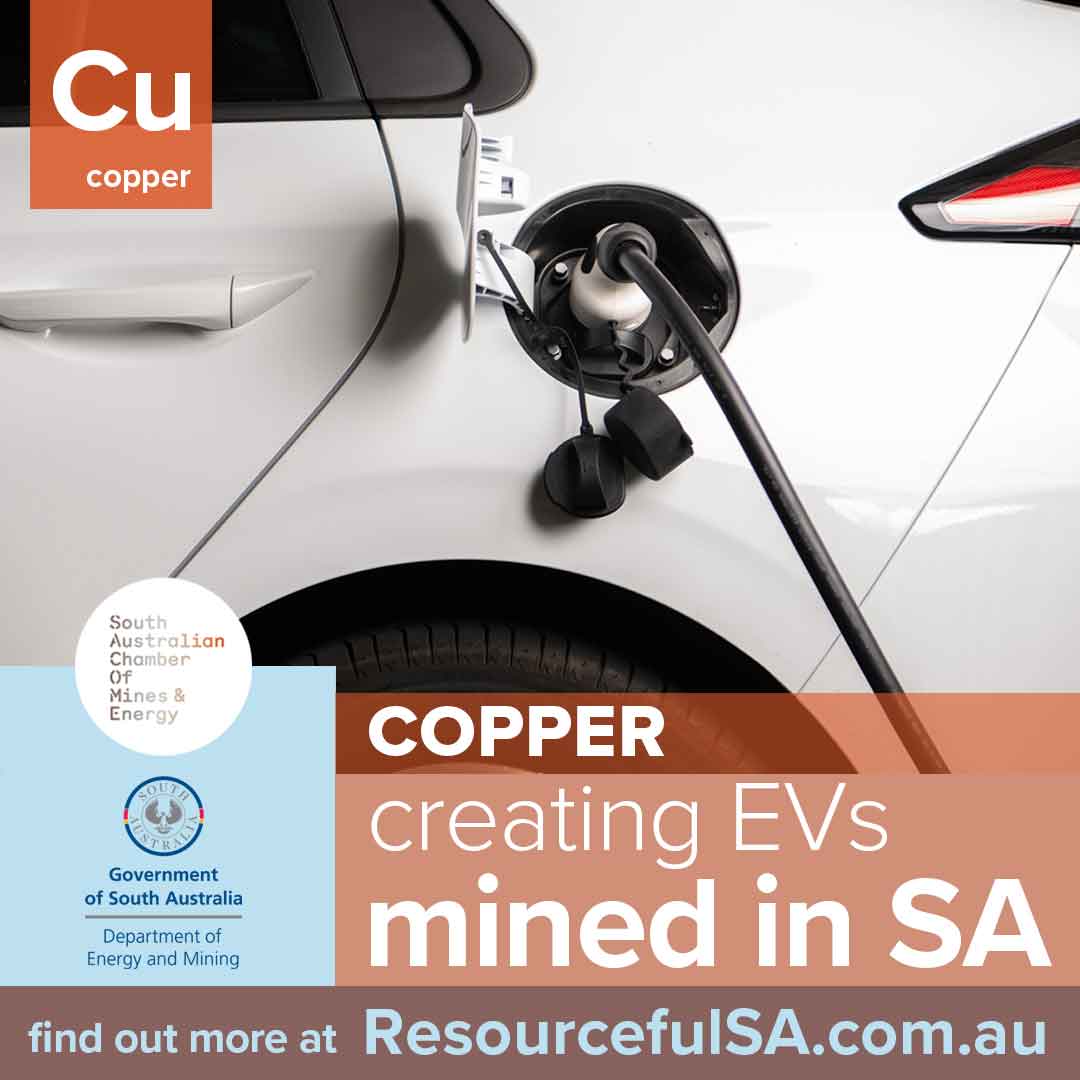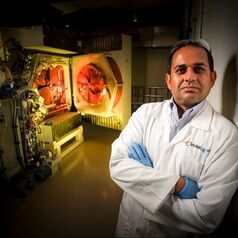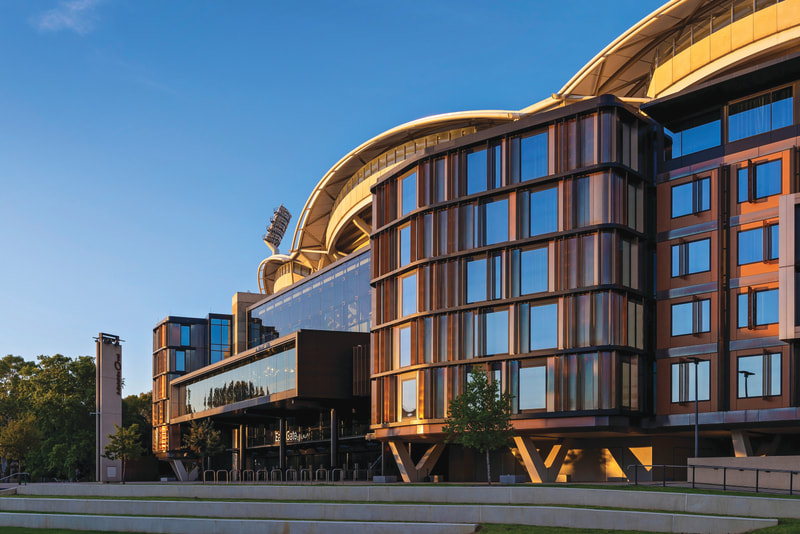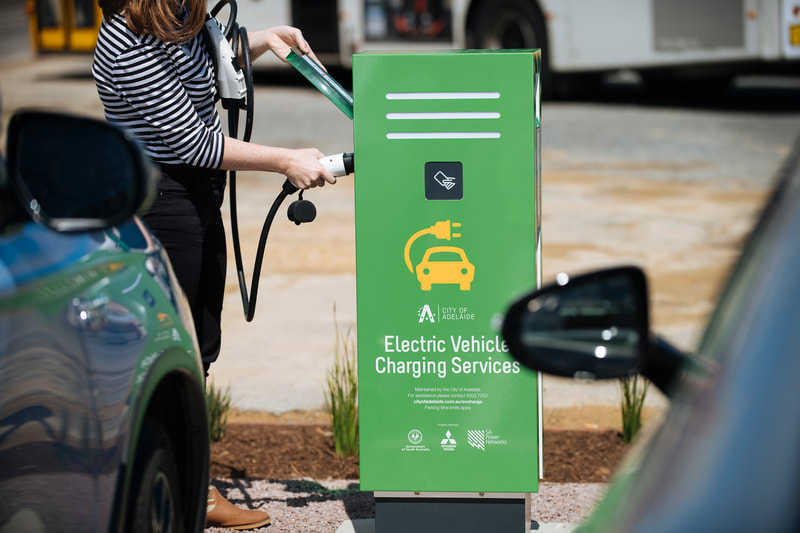|
What is Copper?
Copper is a reddish-brown metal that is soft and malleable. It is an excellent conductor of electricity and is used in a broad range of everyday household products as well as in construction, infrastructure, and transportation. Copper is corrosion resistant and antimicrobial, meaning it prevents the growth of bacteria. It also has the ability to form alloys with other metals such as zinc, tin and nickel. Almost all copper products can be recycled – in fact, it’s so durable that it can be recycled over and over again. There’s always been something a little magical about copper. This reddish-brown metal lifted civilization out of the Stone Age 10,000 years ago. Now it’s never been more important. In its natural state, it’s a soft and malleable metal. Its unique properties have since made it ideal for conducting electricity, heat, and water. Microbes hate it. But its ability to create powerful new properties when combined with other metals is what guarantees its future. This includes batteries and advanced electronics. Which is why demand for the metal just keeps skyrocketing.
Did you know?
The average Australian home contains 90kg of copper in electrical wiring, pipes and appliances. We also carry copper around with us - each mobile phone contains around 15g of copper. Where is Copper mined in South Australia? South Australia is home to the largest copper mine in the country – BHP’s Olympic Dam, which is also the fourth largest copper deposit globally. Copper is also mined by BHP at Prominent Hill and Carrapateena. Hillgrove Resources is in the process of fast tracking the development of its Kanmantoo Copper Mine in the Adelaide Hills and Rex Minerals is also developing its Hillside Project on the Yorke Peninsula. Power Minerals has begun the next phase of exploration at its Musgrave Nickle Copper Cobalt project in the State’s north. |





